Africa, often dubbed as the ‘cradle of humankind,’ stands as a testament to the world’s rich origins and diverse ecosystems. With its expansive landscapes spanning over 30 million square kilometers, this remarkable continent is an amalgamation of vast deserts, lush rainforests, towering mountains, and sprawling savannas. Larger than the combined territories of the USA, China, India, and vast portions of Europe, Africa’s geographical diversity is unparalleled. Each nation within its borders tells a unique story, blending rich histories, varied cultures, and a myriad of wildlife. Amongst its 54 distinct nations, there are certain colossal ones that overshadow others in sheer size. This article aims to highlight the top 10 largest African countries based on their impressive land area, offering readers an insight into the continent’s immense scale and grandeur.
NUMBER 1 : Algeria – 2.38 million square kilometers
Dominating the landscape of Northern Africa, Algeria stands as not only the continent’s largest country but also as a hub for Arabic culture and Sahara desert adventures. Its expansive desert terrains offer breathtaking landscapes and a deep dive into nomadic traditions.
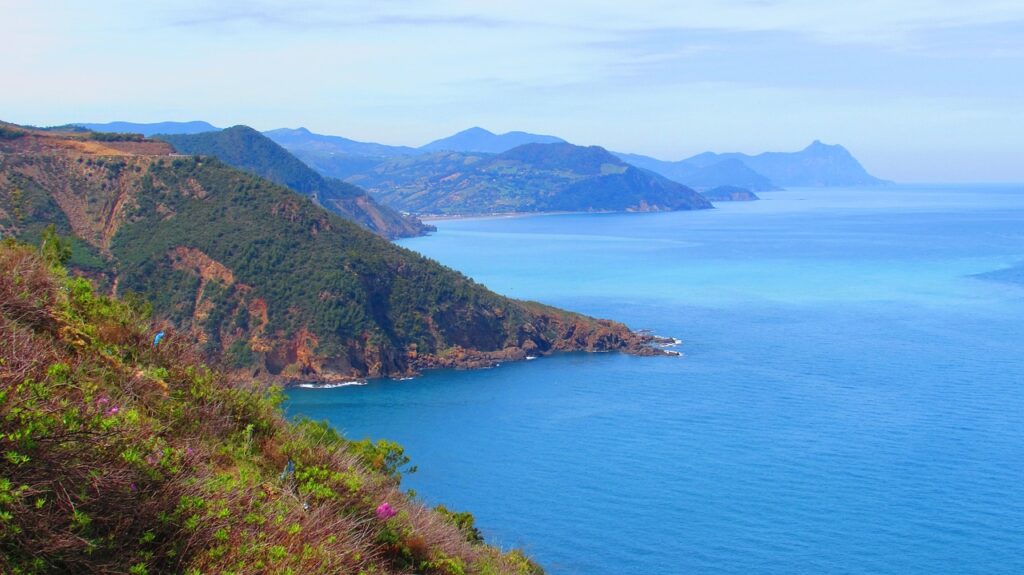
Image Credit : Snowmen from Pixabay
NUMBER 2 : Democratic Republic of the Congo (DRC) – 2.34 million square kilometers
Nestled in the heart of central Africa, the DRC is a mosaic of rainforests, wildlife, and African traditions. Its deep jungles house some of the continent’s most diverse ecosystems, making it a hotspot for ecotourism and conservation studies.

Image Credit : tracyhammond from Pixabay
NUMBER 3 : Sudan – 1.86 million square kilometers
Located in the intertwining realm of North and East Africa, Sudan combines vast deserts with fertile lands, creating a harmonious blend of African cultures and Nile River civilizations. This melting pot of traditions has resulted in a rich tapestry of food, music, and art.
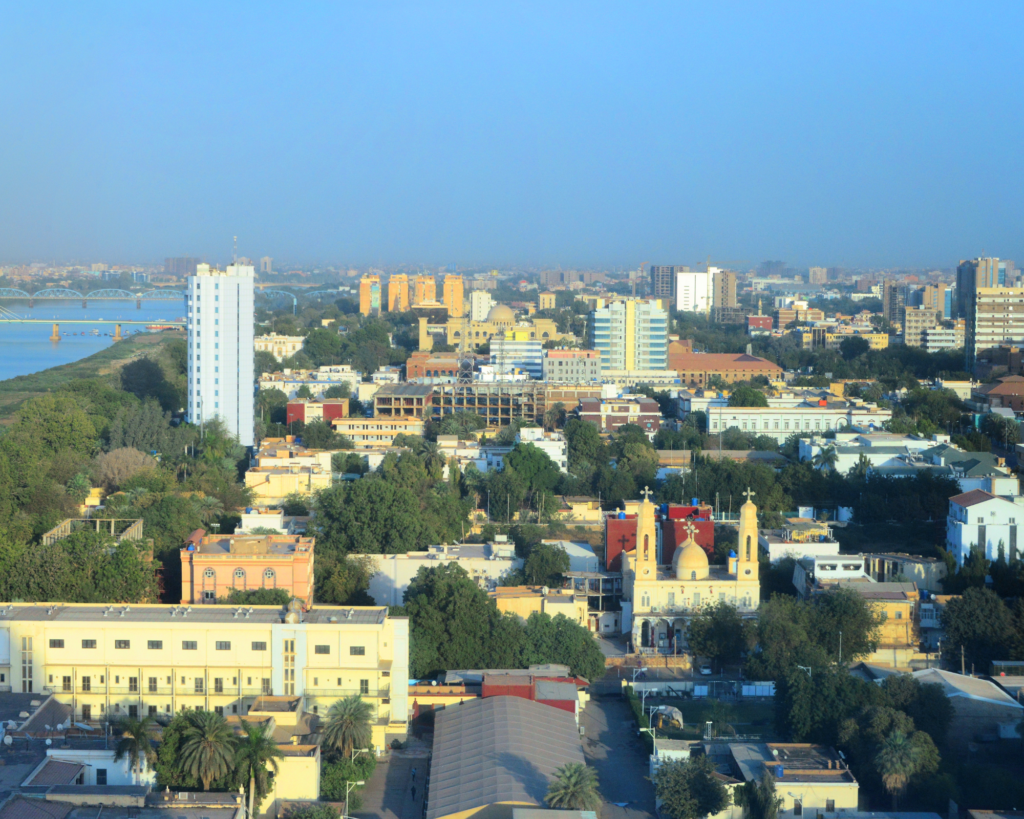
NUMBER 4 : Libya – 1.76 million square kilometers
Lying on the Mediterranean’s cusp, Libya showcases a unique blend of Arab heritage and Sahara landscapes. Its significant oil reserves have historically made it a key player in the global energy markets.

Image Credit : malek_sreti from Pixabay
NUMBER 5 : Chad – 1.28 million square kilometers
An emblem of West African beauty, Chad boasts national parks, diverse wildlife, and Lake Chad. This landlocked nation offers a peek into the harmonious coexistence of desert life and wetland ecosystems.
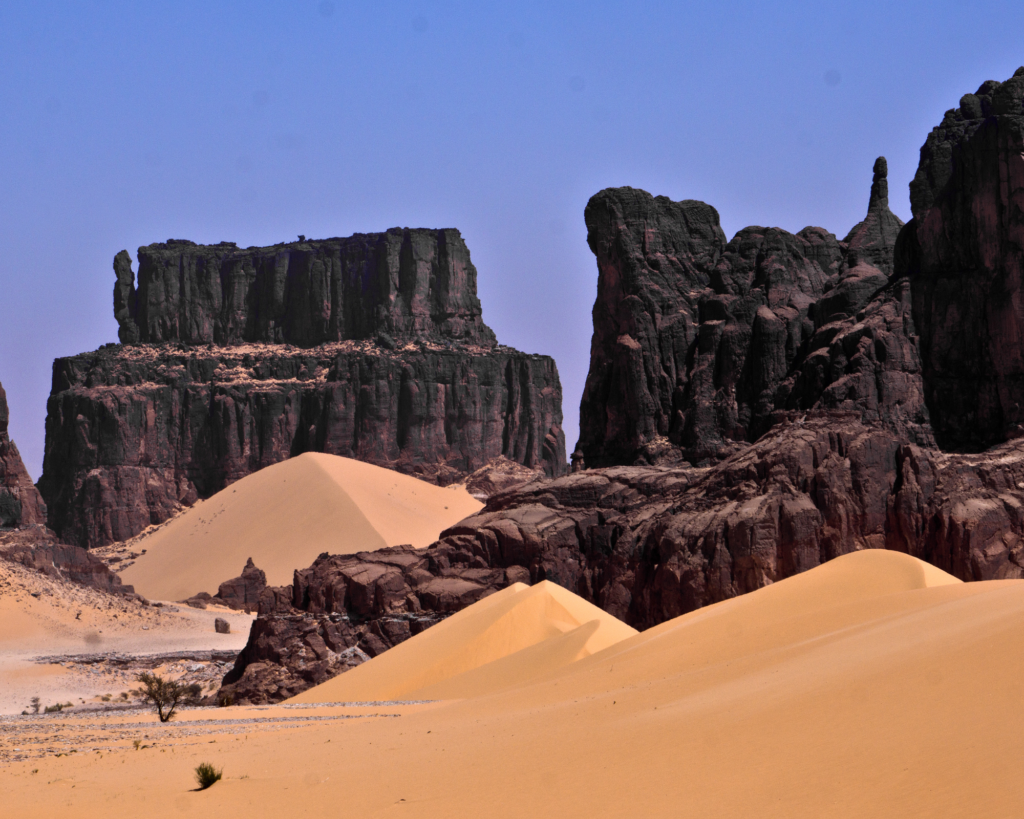
NUMBER 6 : Niger – 1.27 million square kilometers
As a sentinel of the Sahara in West Africa, Niger combines its desert landscapes with southern fertile regions, creating a mosaic of African tribes, languages, and traditions.
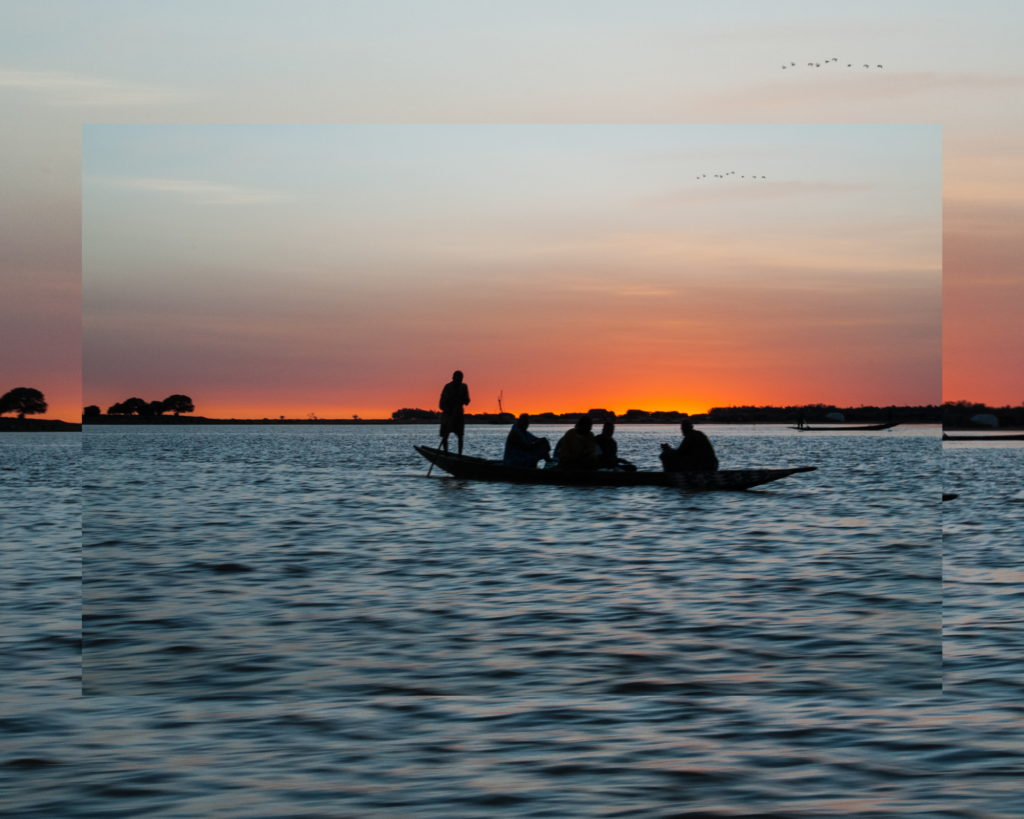
NUMBER 7 : Angola – 1.25 million square kilometers
From its rainforests in the north to the deserts of the south, Angola offers a symphony of African landscapes and Portuguese colonial heritage. Its vast mineral resources make it a pivotal nation in the world of diamond and oil industries.

NUMBER 8 : Mali – 1.24 million square kilometers
Mali, the heart of ancient West African empires, has a rich history intertwined with Sahara trade routes. It stands as a testament to the ancient civilizations of Timbuktu and the great Mali Empire.
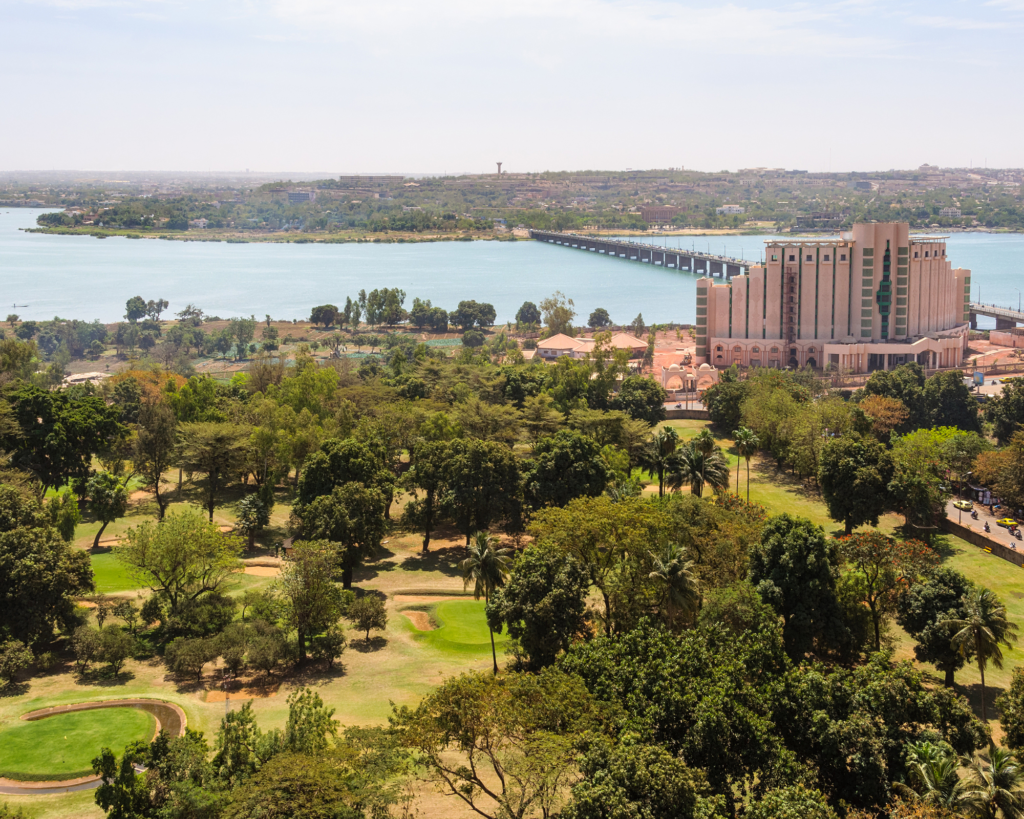
NUMBER 9 : South Africa – 1.22 million square kilometers
Encompassing a multifaceted array of climates, from the Kalahari desert to its lush winelands, South Africa is a kaleidoscope of cultures, traditions, and wildlife, making it a prime destination for global tourists.

NUMBER 10 : Ethiopia –1.10 million square kilometers
Renowned for its ancient roots and as the cradle of humankind, Ethiopia’s highlands and the Great Rift Valley offer an exploration into early human civilizations and the origins of coffee.
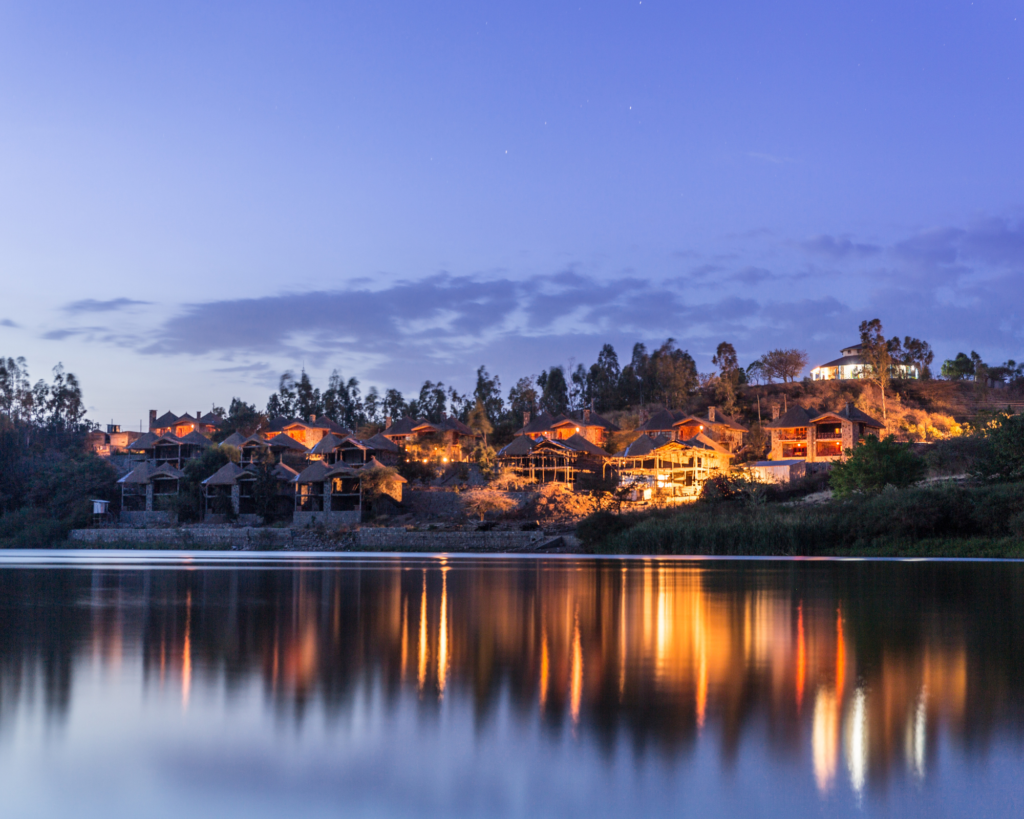
CONCLUSION
The sheer expanse of Africa is nothing short of awe-inspiring. Home to vast deserts, dense rainforests, and expansive savannas, the largest African countries by area offer a diverse array of landscapes and cultural experiences. Their geographical significance not only plays a role in Africa’s ecology but also on the world stage. As these nations hold a substantial portion of Earth’s treasures, understanding their vastness can deepen our appreciation for the continent’s richness and diversity. If the scale of these African giants intrigues you, you might also be interested in exploring our list of the largest countries in the world to gain a broader perspective on global geography. We encourage you to share these insights, embrace the vastness, and immerse yourself further into the captivating realm of geography. Dive in, share this with others, and let’s continue our journey through the world’s most expansive territories with our article Top 10 Largest Countries In The World Per Area
